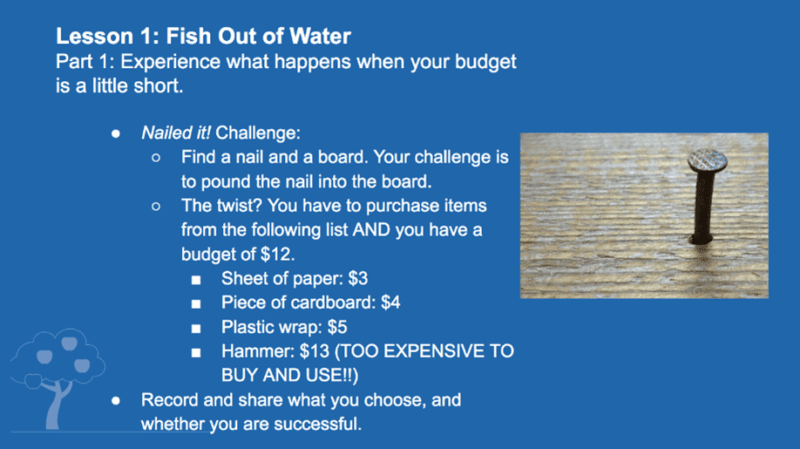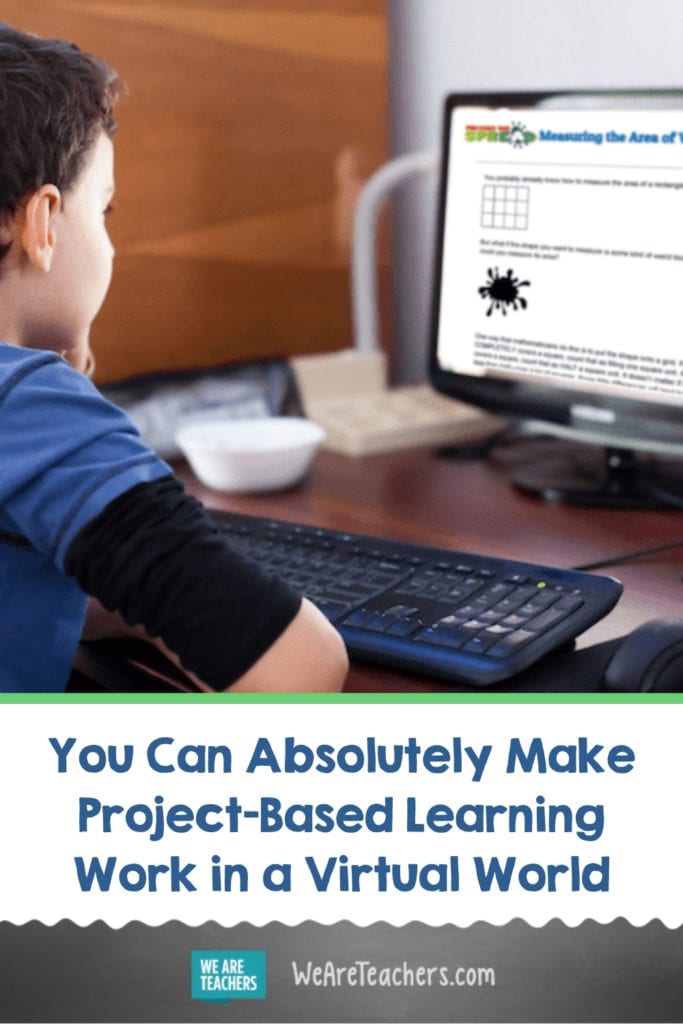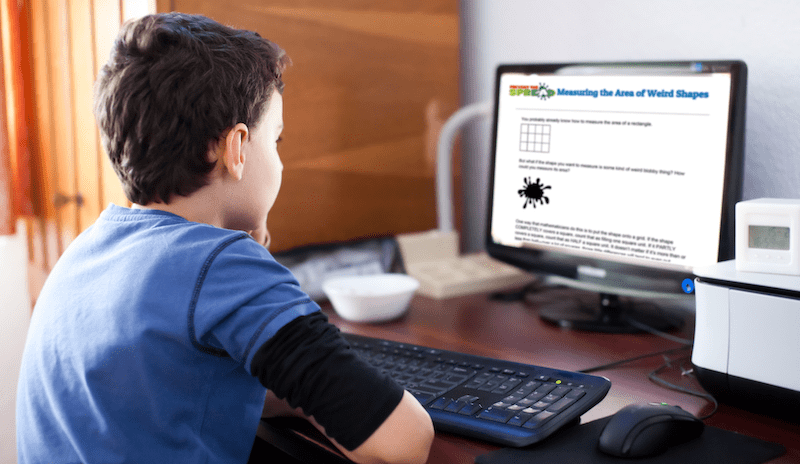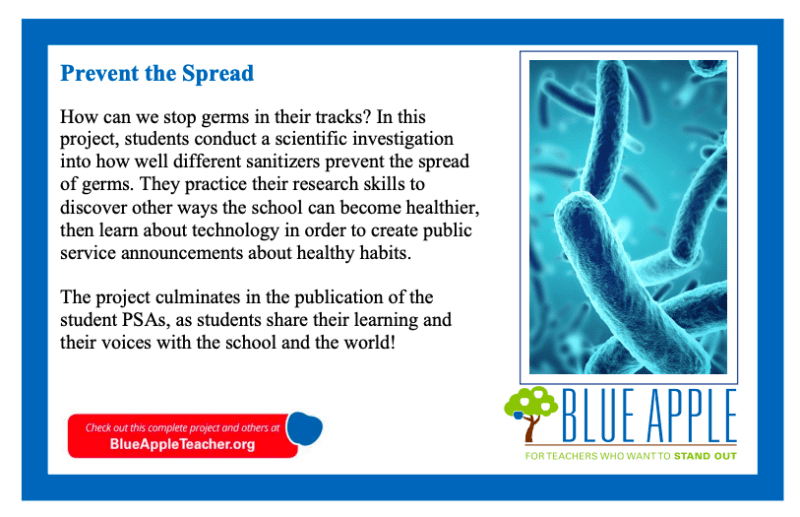Teaching looks a lot different than it used to. Our current situation has led some to believe that PBL is DOA. But I’m here to tell you that it isn’t. Now is actually a great time for rigorous, independent projects. With a little creativity—and the right resources—you can totally make project-based learning happen in a virtual setting. Here’s how:
Start small
We of all people know that doing anything virtually takes twice as long as normal. The same can be true for PBL when you’re just starting out. But, you don’t have to jump into a weeks-long project right away. Try a 15-minute mini-lesson that involves some hands-on learning or inquiry, or try a one-day divergent thinking challenge.
Check out these FREE project ideas
- Cardboard Arcade
- Cross-Cultural Connections
- Don’t Erase the Bees
- How Does Your Garden Grow?
- Kinder Kindness
- Playground Design Challenge
- Renew This!
- Rise Up, Recyclers
- Save the Turtles
- Vaccination: Moving the Needle
Once you’ve had a few small successes, try something a little more ambitious. Check out this engineering activity from the Blue Apple Project, Lend a Hand. This activity teaches students about the challenges in acquiring a necessary good when the funds aren’t available to obtain it.
Want to try this activity with your students virtually? Check out this similar activity modified for online learning:

For Teacher Emie Carie, starting small means one project each month. She says, “So far, we’ve done an Artifact Museum, Personal Timeline, Family Tree, Project Book Reports, and Habitat Dioramas.”
Prepare students
Just like you normally would, you’ll want to start by activating prior knowledge and addressing any gaps that might prevent them from engaging fully in the project. You can do this online through live instruction via Zoom or recorded videos. You’ll also need to ensure that they can successfully engage with a project in a virtual environment. Instead of jumping right into independent practice, you might allow them to work “independently” yet still be available on Zoom or via chat or email.
Teacher Paul Yenne has made the shift to virtual project-based learning, and he says, “It required, and I think for the better, a shift away from academics (in the sense that this doesn’t hit all the standards neatly like a checklist or a prescribed curriculum) to focusing on soft skills like time management, critical thinking, planning, goal-setting, and persistence. I have seen great gains in both qualities of work and ability to self-regulate.”
Step away from the screen
Just because your students are learning from a distance doesn’t mean they have to be on a device all day. Try to balance time on-screen and off. For example, you can have them do hands-on activities but stay connected via a smartphone (text, phone call, WhatsApp, etc.). Or, do a class meeting all together on Zoom to discuss project parameters and then send them off to work off-screen.
Give them a sense of purpose
Relevance is key, especially because it can be an extra challenge to motivate students who are learning virtually. Connecting to the real world via a project is a great way to get them engaged and involved, as well as help reduce their feelings of isolation. Look for projects that address the big issues of the day, from climate change to racial justice, like this free project on the global pandemic.
Yenne went on to say he prefers “Genius Hour type projects with choice and relevancy, as opposed to daily busywork and trying to directly move my in-class instruction online.”
Make it collaborative
PBL is all about collaboration, and that social component is that much more important in our current environment. To make collaboration happen in an online learning environment, you just have to take advantage of breakout rooms, group texting, and discussion forums. And remember the importance of letting kids be kids. Making this fun and tolerating some “goofing off” will go a long way toward making virtual learning sustainable.
Teacher Britney Katzenstein shares, “One of my students’ favorite projects so far has been on Book Creator. I had them write a story from the first-person point of view of a pilgrim (for an end of unit social studies project). Book Creator lets you create a virtual library. I set it up so I was the only one that could view the books and at the very end, released the library so that the students could read through each others’!”
Ready to try PBL online? Blue Apple has everything you need to make project-based learning in a virtual setting a success, including free lessons on current events.
Get My Free Timely Topics Lessons




